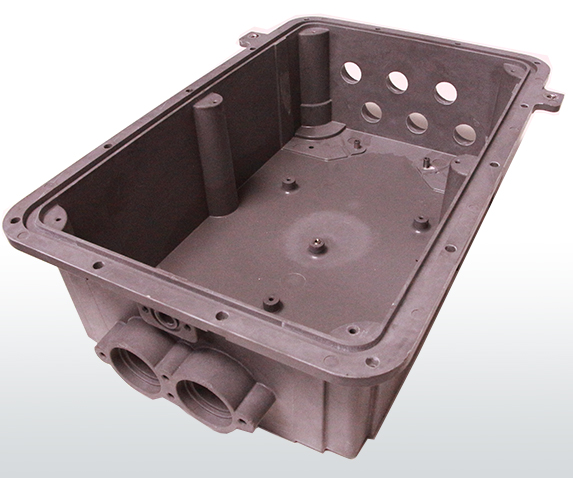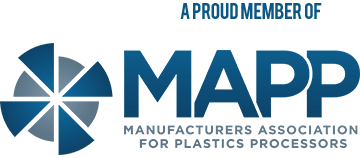Metal-to-Thermoset Conversions
With supply chain costs rising on everything from raw materials to the freight of finished goods, manufacturers and engineers must keep in mind the overall manufacturing costs that affect an end-product or assembly. One option to keeping an OEM’s product assembly competitively priced in the market is rethinking the best material to produce the product assembly. Increased raw material costs for metals are continuing to position alternative manufacturing materials such as thermoset plastics in a role for existing product conversions to reduce manufacturing costs while keeping optimum product performance.
Thermosets are performance grade plastics, or composites, that allow end components to remain dimensionally and chemically stable in exposure to high temperatures, chemicals, and corrosion; giving product assemblies assurance that the assembly and its internal components will remain durable and strong over the life of the product. Converting existing parts or product assemblies from metal to thermoset offers molded components with this performance and durability and also provides other cost benefits over metallic components. Thermoset materials can be injection molded into difficult geometries allowing engineers and designers to consolidate multiple parts in an assembly. Additionally, engineers can utilize lightweighting objectives to reduce mass and weight of a finished product assembly, lowering freight and storage costs. Injection molding thermoset materials allow for high-cavitation tooling capable of producing millions of parts to meet high volume requirements. Additionally, whereas metal components may require costly secondary operations such as lapping, machining, honing, or painting; thermoset parts can be molded with tight tolerances and in a variety of colors for thermoset materials such as Bulk Molding Compound (BMC) polyesters and vinyl esters.





Comments are closed